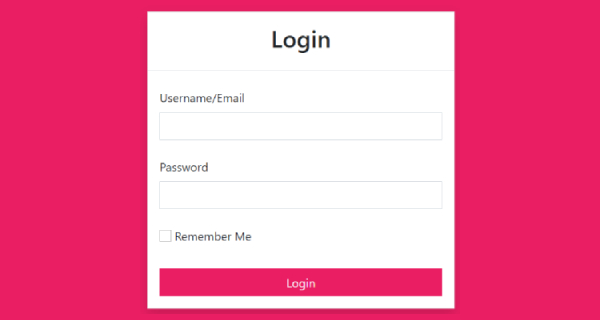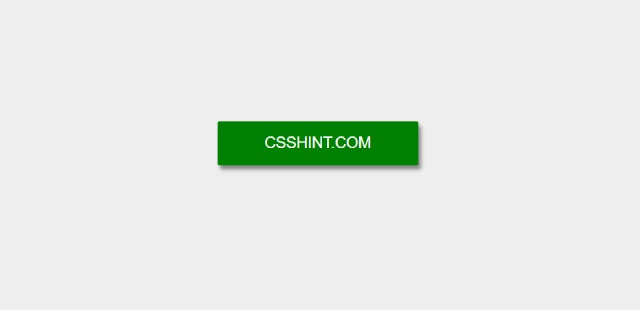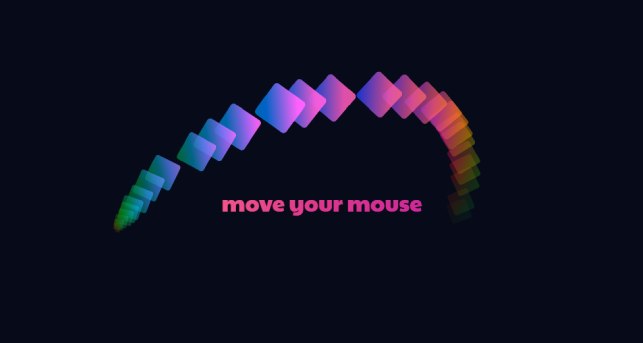CSS background image are a powerful feature that allows you to set images as backgrounds for HTML elements on a webpage. They are a great way to enhance the visual appeal of a website, add branding elements, or create engaging designs. Background images in CSS are applied to an element’s background, behind its content, and can be used for various HTML elements, such as divs, sections, headers, and more.
Usage of CSS background images:
Setting Background Images: To set a background image using CSS, you need to use the background-image property. It can be applied inline within the HTML element using the style attribute or in an external CSS file. The property value should be the URL of the image you want to use.
Example:
div {
background-image: url('example.jpg');
}
Background Image Position:
You can control the position of the background image using the background-position property. It allows you to place the image horizontally and vertically within the element’s background.
Example:
div {
background-image: url('example.jpg');
background-position: center;
}
Background Image Repeat:
By default, background images repeat both vertically and horizontally to cover the entire element. However, you can control this behavior using the background-repeat property.
Example:
div {
background-image: url('example.jpg');
background-repeat: no-repeat;
}
Background Image Size:
The background-size property lets you adjust the size of the background image, ensuring it fits perfectly within the element.
Example:
div {
background-image: url('example.jpg');
background-size: cover;
}
Multiple Background Images:
CSS also allows you to use multiple background images for a single element using the background-image property with comma-separated URLs.
Example:
#example {
background-image: url(flower.gif), url(paper.gif);
background-position: right bottom, left top;
background-repeat: no-repeat, repeat;
}
Background Image Attachment:
The `background-attachment` property specifies whether the background image should scroll with the content or remain fixed.
Example:
#div {
background-image: url('example.jpg');
background-attachment: fixed;
}
Remember, when using background images, it’s essential to choose appropriate file formats (such as JPEG, PNG, or SVG) and optimize their sizes for faster page loading. Additionally, ensure that the background images do not overpower the content and maintain good contrast for readability.






